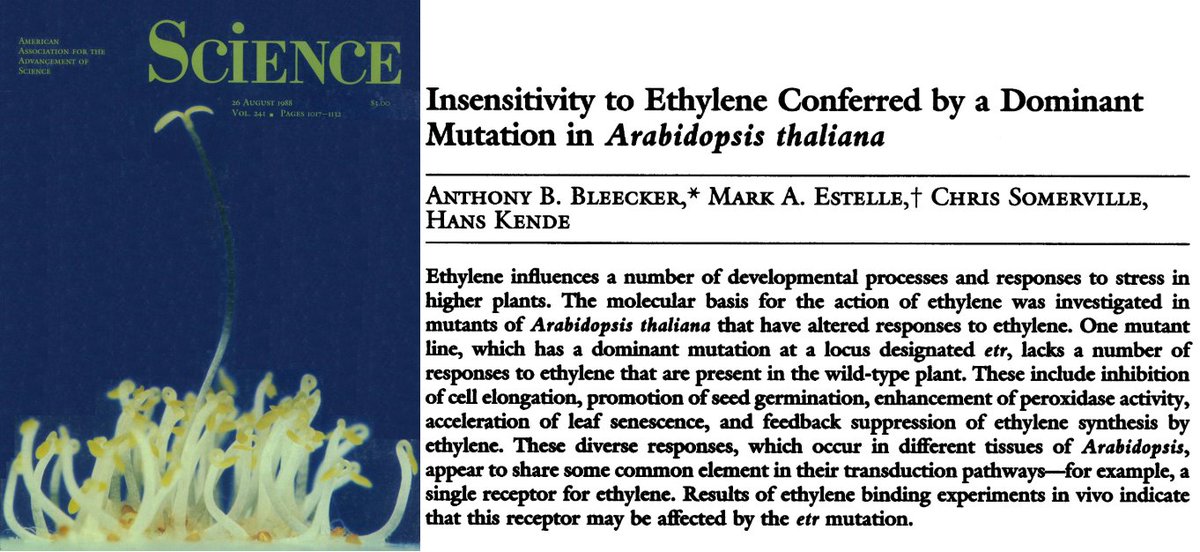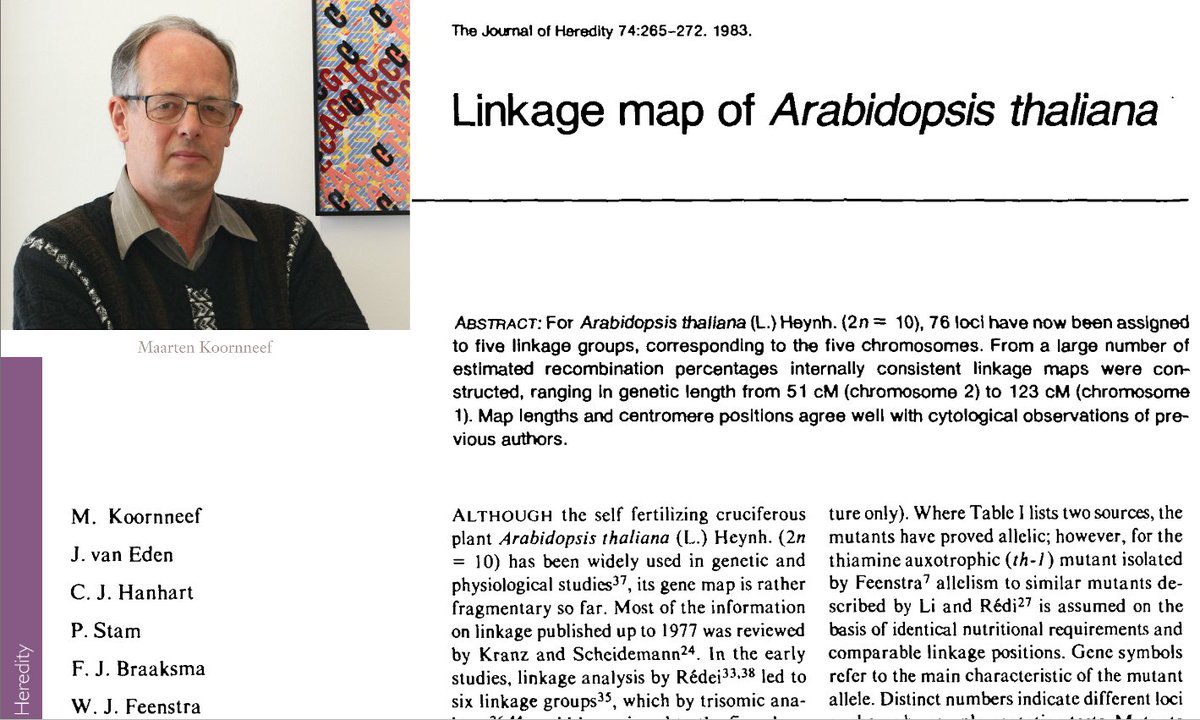#PlantScienceClassics #8: Discoveries in Air. Joseph Priestley’s ‘Experiments and observations on different kinds of air’ in the 18th century formed the basis for the discovery and description of #photosynthesis. archive.org/details/experi… 

Jan van Helmont was one of the first scientists who found that the mass of a plant is not acquired from the soil it grows in. When he grew a 5 lb willow tree in 200 lb of soil for 4 years, he found that the tree gained 164 lb, while the soil was only reduced by 2 lb. 

But van Helmont concluded that the plant gained its mass solely from the water he added & neglected the air, despite being the person to first isolate & describe carbon dioxide, which he assumed was a different form of air, in the mid-17th century.
In the second half of the 18th century, Joseph Priestley’s experiments with air put in place the next steppingstone toward the discovery of photosynthesis. At the time of his work, oxygen, carbon dioxide & nitric&nitrous oxide were all known but considered different forms of air.
Priestley investigated these ‘airs’ by isolating & filling an inverted beer glass with them. He then placed a burning candle, mouse or plant inside the glass, and observed the effect the different ‘airs’ had on the object. 

Among other things he found that air could be ‘damaged’ by animals breathing in it, turning it toxic. Since this meant that all air in the Earth’s atmosphere should be toxic at one point, killing all life on Earth, he reasoned that there must be a mechanism to ‘repair’ the air. 



Indeed, he found that placing a mouse in one of his beer glasses containing air that had been ‘damaged’ by another animal breathing in it, would kill the added mouse, or extinguish a burning candle. He performed his key experiment in 1771.
He prepared two glasses, both containing ‘damaged air’, produced by mice breathing in it until they died. Then he added a mouse to one, or a mouse & a mint plant to the other glass. And while the lone mouse quickly died, the mouse in the presence of the mint plant lived happily. 

Priestley concluded that plants can ‘repair’ ‘damaged air’, and this is the mechanisms evolved in nature that enables life on earth by 'purifying' the air after it was damaged by the breathing animals. 

In 1779, Jan Ingenhousz repeated Priestley’s experiment, but additionally placed one glass in the dark, & one in sunlight, demonstrating that sunlight is necessary for a plant to ‘repair’ air, while the plant also ‘damages’ air in the dark, but less than it ‘repairs’ it in light. 

So Ingenhousz had correctly described the plant as giving off carbon dioxide at night, while producing oxygen at day. He even managed to visualize the latter, by observing aquatic plants, and noting that little bubbled formed along green tissue while in the sunlight.
In the mid-19th century Julius Sachs added that the result of this light-reaction is the accumulation of sugar as starch, which eventually led to the description of photosynthesis by Charles Barnes in his 1893 article ‘On the food of green plants’. 

Ironically, in the articles he discusses the names #photosynthesis or #photosyntax for the process, eventually deciding that photosyntax is the preferred term that should be used. Quite evidently a conclusion not everybody agreed on. 

Further reading: Jane Hill - Early Pioneers of Photosynthesis Research doi.org/10.1007/978-94…
• • •
Missing some Tweet in this thread? You can try to
force a refresh




















